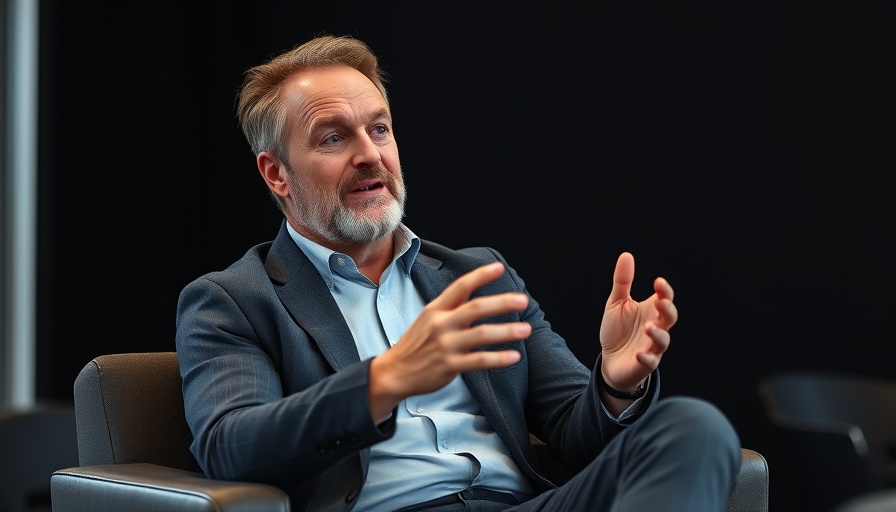
Understanding the Art of Addressing Tough Questions About Faith
In today’s society, faith-based discussions can be daunting, especially when faced with challenging questions from skeptics or seekers. The video "How to Answer Tough Questions About Faith" sheds light on essential strategies to navigate these conversations effectively. Central to the discussion is the example of Jesus, who was a masterful communicator skilled in storytelling and inquiry.
In "How to Answer Tough Questions About Faith," the discussion dives into effective strategies for nurturing conversations about faith, prompting us to explore insights that can enrich our understanding in these dialogues.
Learning from Jesus: The Power of Questions
One of the key insights offered in the video is that Jesus frequently employed questions to engage his audience. This approach not only encouraged genuine dialogue but also fostered deeper understanding. With a record of 339 questions attributed to Him, Jesus demonstrated that asking questions can be an effective tool in uncovering truths and guiding individuals on their faith journey.
The Importance of Listening
Listening is an integral part of any fruitful conversation, particularly about faith. When someone presents a tough question, taking the time to listen allows you to understand their perspective and emotional state. This, in turn, prepares you to respond in a way that respects their doubts and concerns. Active listening also demonstrates compassion, showing that you value their inquiry rather than rushing to provide an answer.
Confidence in Truth: Christianity's Foundation
Another vital point made in the video is the assurance that there are sincere answers to all questions regarding Christianity because the faith is rooted in truth. As believers, it's essential to approach conversations with this confidence. It’s important to remember that our faith is not built on shaky grounds but on historical truths and personal experiences. When equipped with this assurance, we should feel empowered to seek answers we may not immediately have.
Responding with Gentleness and Respect
The video emphasizes the biblical call to "give an answer with gentleness and respect." This principle is crucial when engaging in discussions about faith, as it establishes a tone of mutual respect and understanding. Approaching tough questions with kindness encourages open dialogue and minimizes defensiveness. It’s important to create an environment where questions are welcomed and discussions can unfold naturally.
Practical Strategies for Engaging Difficult Questions
Here are a few practical strategies to consider when faced with challenging inquiries about faith:
1. **Practice Active Listening** - Take time to fully listen to the questioner before responding.
2. **Ask Clarifying Questions** - To understand better what the person is truly asking, employ the technique that Jesus used—ask questions that encourage them to elaborate.
3. **Research Answers** - If faced with questions outside your immediate knowledge, take the time to research and find accurate answers. Remember, it’s okay not to have all the answers initially.
4. **Share Personal Experiences** - Relate your experiences of faith and how they illuminate the truth behind your beliefs.
Encouraging Discussion in Local Communities
Given the rise in skepticism and questioning of faith today, it’s essential for church leaders and educators to foster environments where tough questions about faith can be discussed. Small group settings, youth workshops, and community forums are excellent venues for such dialogue. Creating safe spaces for inquiry not only strengthens individual faith but also builds community resilience in addressing doubts and uncertainties.
Conclusion: The Role of Courage in Faith Conversations
Just as we saw in the video, addressing tough questions about faith requires a blend of listening, questioning, and sharing the truth with gentleness. As we seek to understand and communicate our faith effectively, let us encourage a culture of inquiry within our communities. For believers, skeptics, and curious seekers alike, the journey toward truth can lead to enriching conversations and deeper faith. Let’s embrace the challenge of tough questions and cultivate an atmosphere of respect and understanding.
 Add Row
Add Row  Add
Add 








Write A Comment